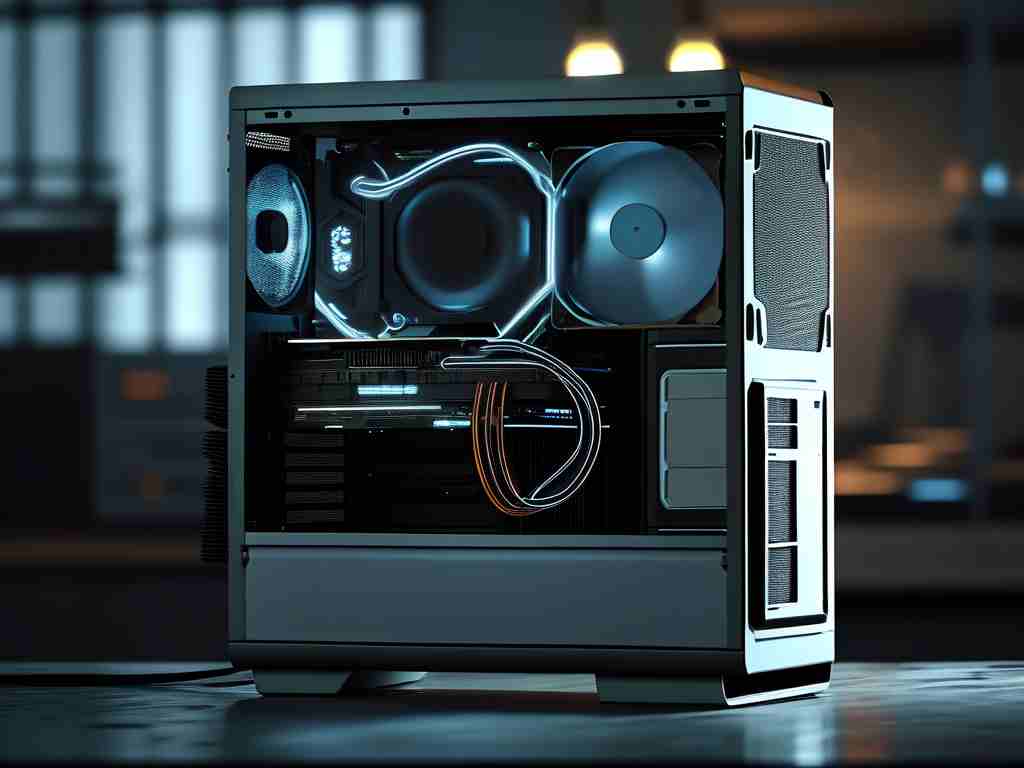When developing machine learning models, computational memory limitations frequently create roadblocks that impact both research and production environments. As model architectures grow increasingly complex and datasets expand exponentially, memory constraints emerge as critical challenges requiring strategic solutions.

Insufficient memory during model computation manifests through multiple observable effects. Training processes may abruptly terminate with "out of memory" errors, particularly when working with high-dimensional data or deep neural networks. The system might initiate automatic memory swapping to disk storage, significantly slowing computation speeds - a phenomenon where processing times increase by factors of 10-100x compared to RAM-based operations.
Batch processing becomes particularly vulnerable under memory constraints. Developers often encounter situations where reducing batch sizes becomes necessary, potentially affecting model convergence patterns. For image recognition tasks using 512x512 resolution inputs, memory requirements can escalate to 8-12GB per batch, forcing compromises in either input quality or architectural complexity.
Graphical Processing Units (GPUs) demonstrate particular sensitivity to memory allocation issues. Modern frameworks like TensorFlow and PyTorch implement memory optimization techniques, but developers must still manually manage resources through methods like:
# TensorFlow memory growth configuration
gpus = tf.config.experimental.list_physical_devices('GPU')
tf.config.experimental.set_memory_growth(gpus[0], True)
This code enables incremental memory allocation rather than reserving full GPU capacity upfront.
Memory limitations also influence model architecture decisions. Researchers might abandon promising network designs due to hardware constraints, potentially stifling innovation. Techniques like gradient checkpointing (recomputing activations during backpropagation rather than storing them) become essential for memory-intensive operations:
# PyTorch gradient checkpoint example
from torch.utils.checkpoint import checkpoint
def custom_forward(x):
# Define memory-intensive operations here
return x
x = checkpoint(custom_forward, input_tensor)
While conserving 30-50% memory, this approach increases computation time by 20-40%.
Production environments face amplified consequences from memory constraints. Model serving platforms may reject inference requests or produce inconsistent outputs when operating near memory capacity thresholds. Real-time applications like autonomous vehicle systems or medical diagnostics become particularly vulnerable to these reliability issues.
Emerging solutions combine software optimization with hardware advancements. Memory-aware neural architecture search (NAS) algorithms now automatically design networks that respect specified memory budgets. Cloud providers offer memory-optimized instances with 1-2TB RAM capacities, though at substantially higher costs. On the algorithmic front, techniques like pruning (removing redundant neural connections) and quantization (using lower-precision numerical formats) can reduce memory requirements by 60-75% with minimal accuracy loss.
The long-term implications of persistent memory constraints could shape AI development trajectories. Researchers predict that memory limitations may force paradigm shifts towards more efficient learning architectures, potentially accelerating adoption of sparse neural networks or alternative computing models like neuromorphic engineering. As the field progresses, balancing computational ambition with hardware realities remains crucial for sustainable artificial intelligence advancement.







